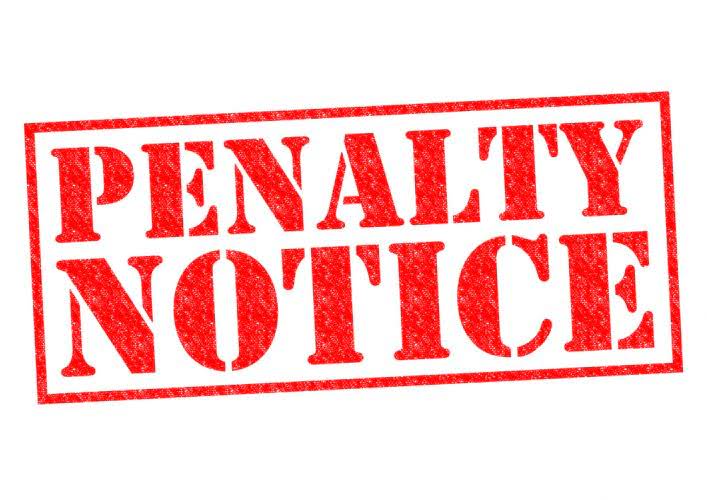
And finally, companies can sometimes automate part of their production process, leading to lower labor costs. To better understand how fixed and variable costs differ, let’s use personal finances as an example. As a single adult, your expenses would normally include a monthly rent or mortgage, utility bill, car payment, healthcare, commuting costs, and groceries. If you have children, this can increase variable costs like groceries, gas expenses, and healthcare.
Regent’s scatter graph shows a positive relationship between flight hours and maintenance costs because, as flight hours increase, maintenance costs also increase. This is referred to as a positive linear relationship or a linear cost behavior. Using this information and the cost equation, predict Waymaker’s total costs for the levels of production in Table 2.12. Where Y is the total mixed cost, a is the fixed cost, b is the variable cost per unit, and x is the level of activity. Variable costs are business expenses that are dependent on the number of items sold or produced. The most common variable costs are material costs and commissions.
Conforming loans vs non-conforming loans
This means that Joe’s overhead rate using machine hours is $17.50, so for every hour that the machines are operating, $17.50 in indirect costs are incurred. Examine the relationship how to calculate fixed cost between fixed costs and pricing strategies. Learn how understanding fixed costs can empower businesses to set competitive prices without compromising profitability.

Each unit you produce after you cover all fixed expenses costs the customer less and generates more profit. Both fixed costs and variable costs help provide a clear picture of your business’ operations. Understanding the difference between the two can help you make better decisions about your cash flow, expenses, and the impact they have on profitability.
Mortgage Rates by Loan Type
Average fixed costs are the total fixed costs paid by a company, divided by the number of units of product the company is currently making. Cost accounting requires business owners to analyze types of costs and production volumes and assign all costs to a unit of output. As a business owner, you can’t generate a profit without covering all fixed and variable costs. But to cover those fixed and variable costs, you have to understand the differences and know how to calculate average fixed costs. It is important to understand the concept of fixed cost because it is one of the two major components of the overall cost of production, the other one being the variable cost.